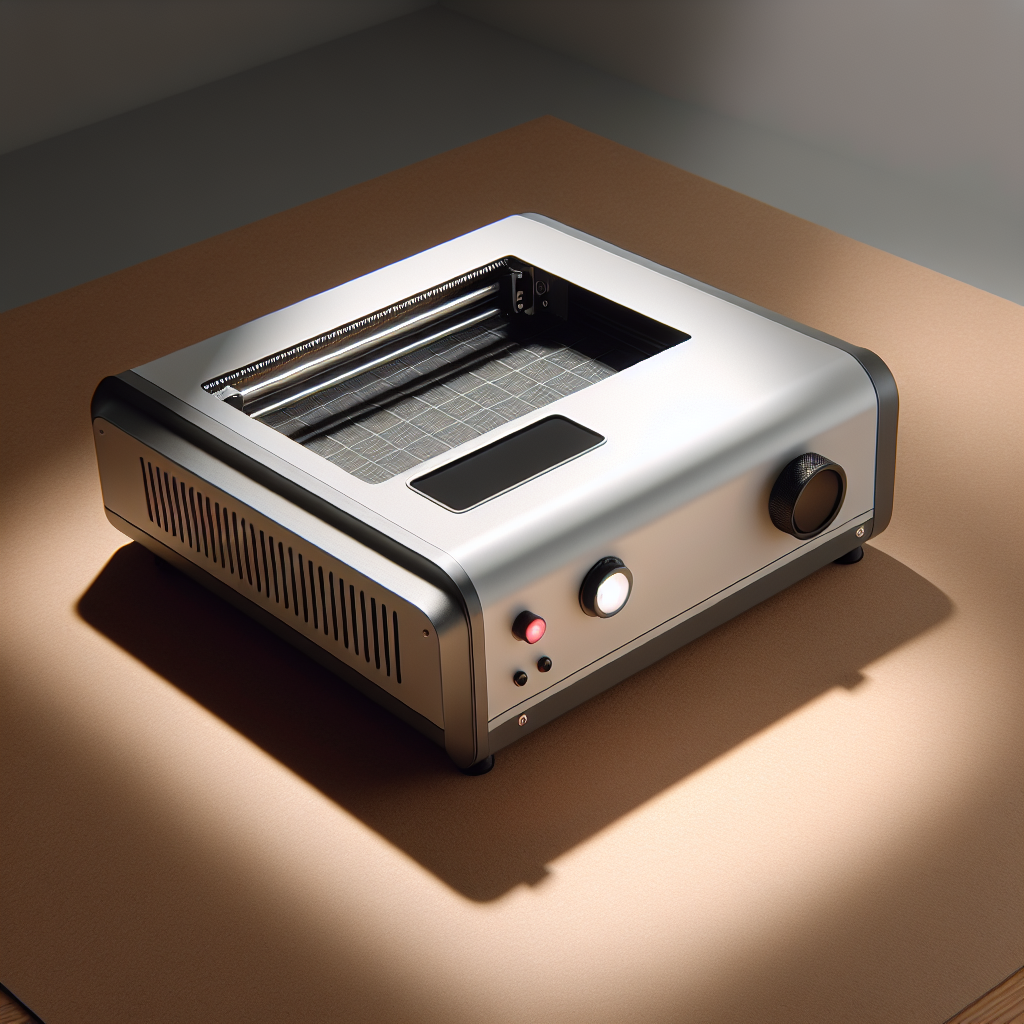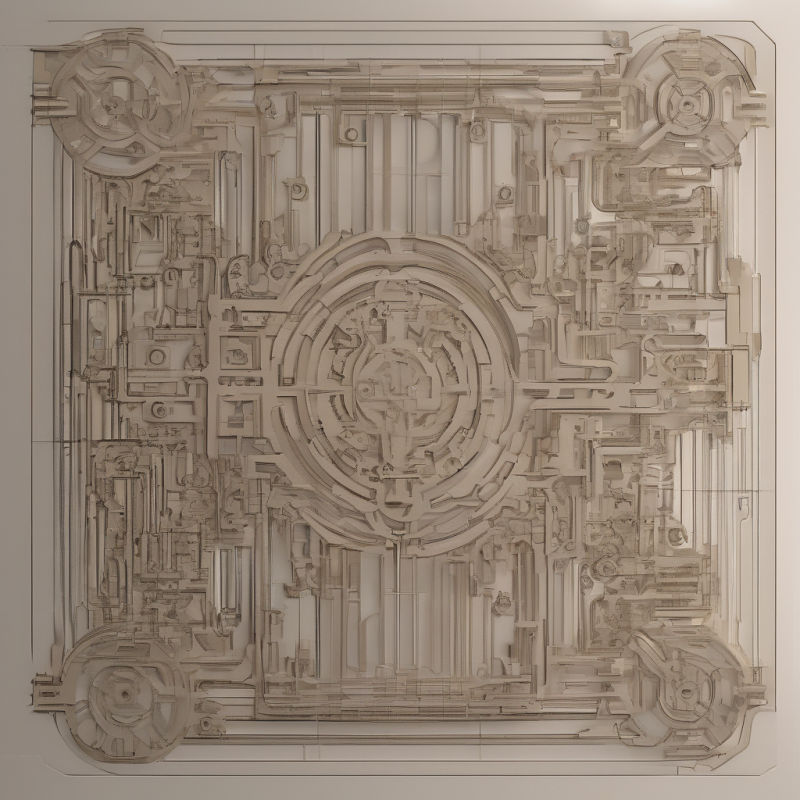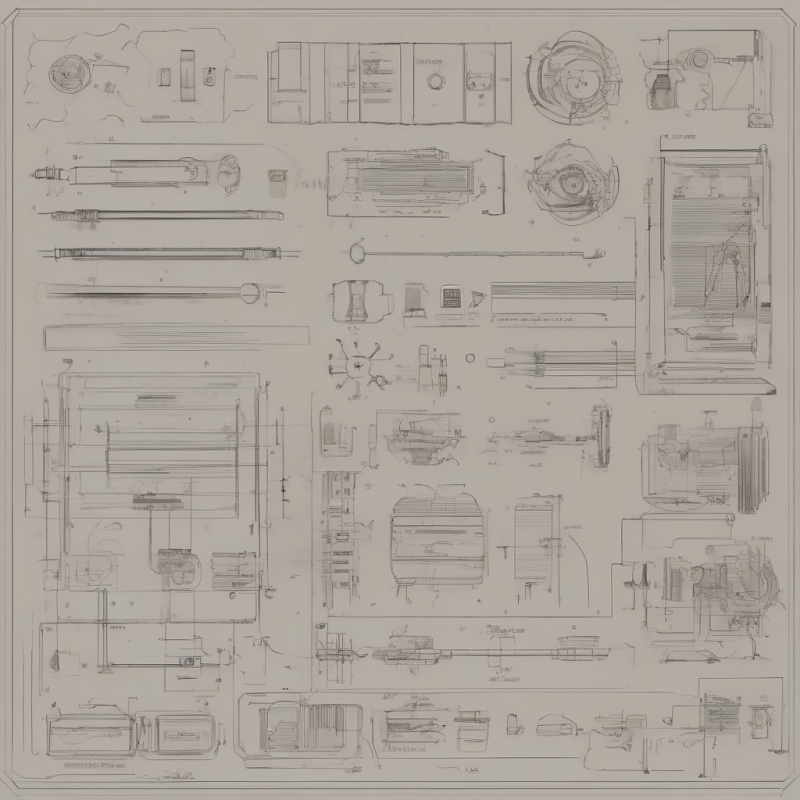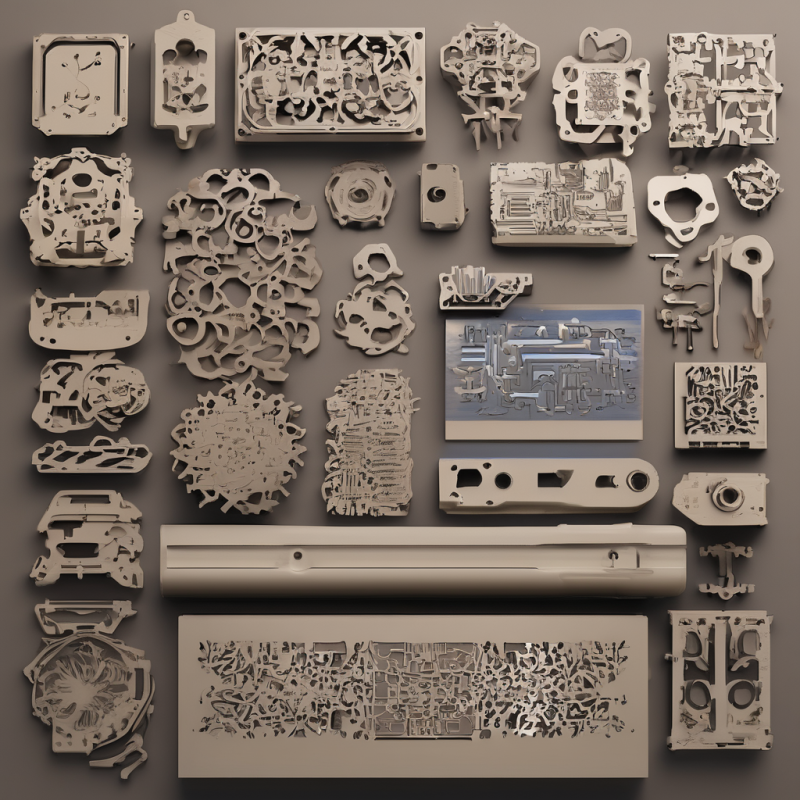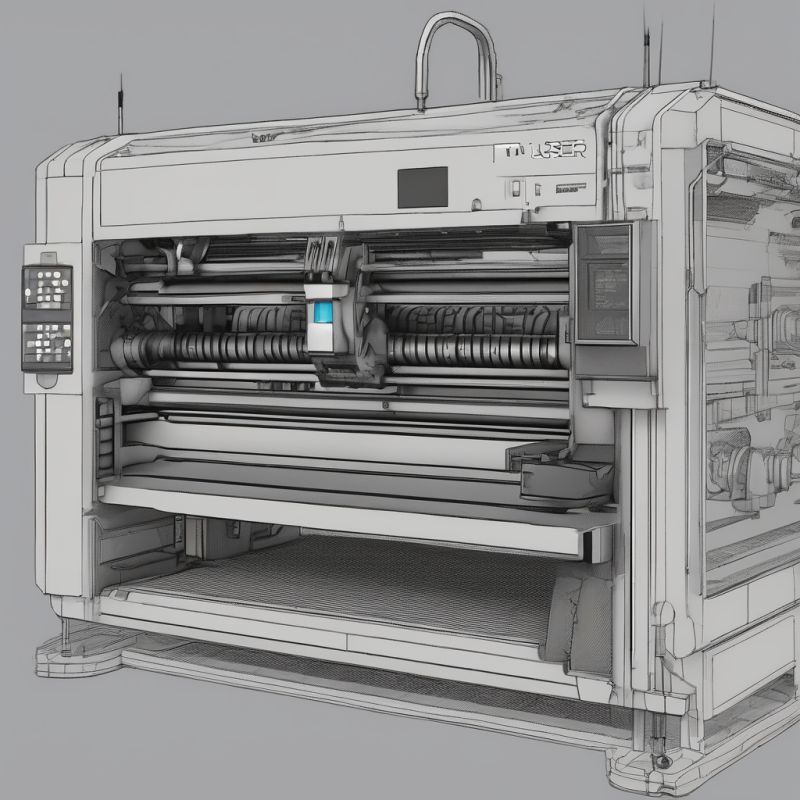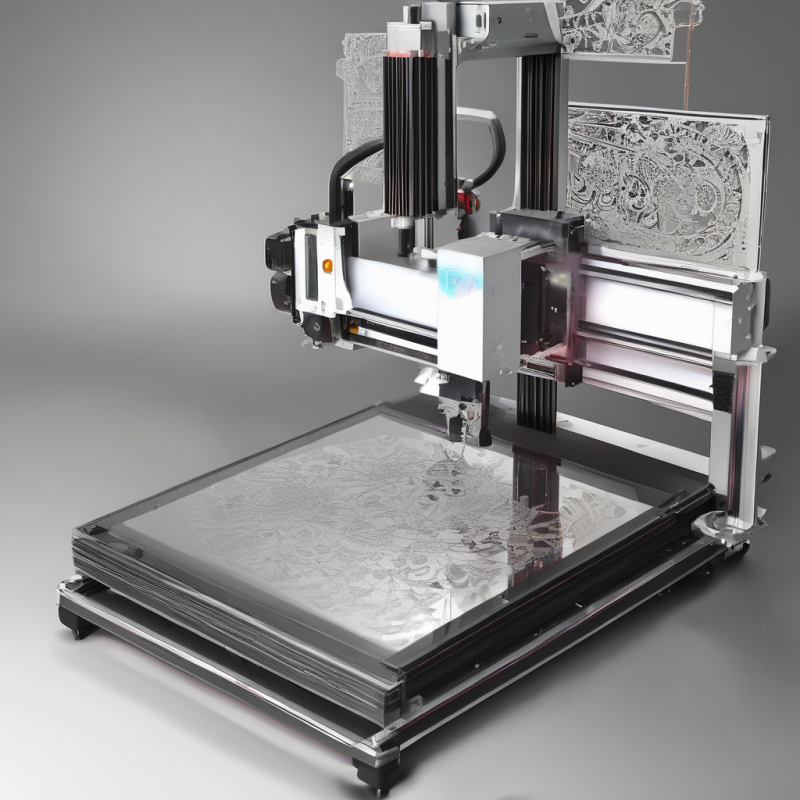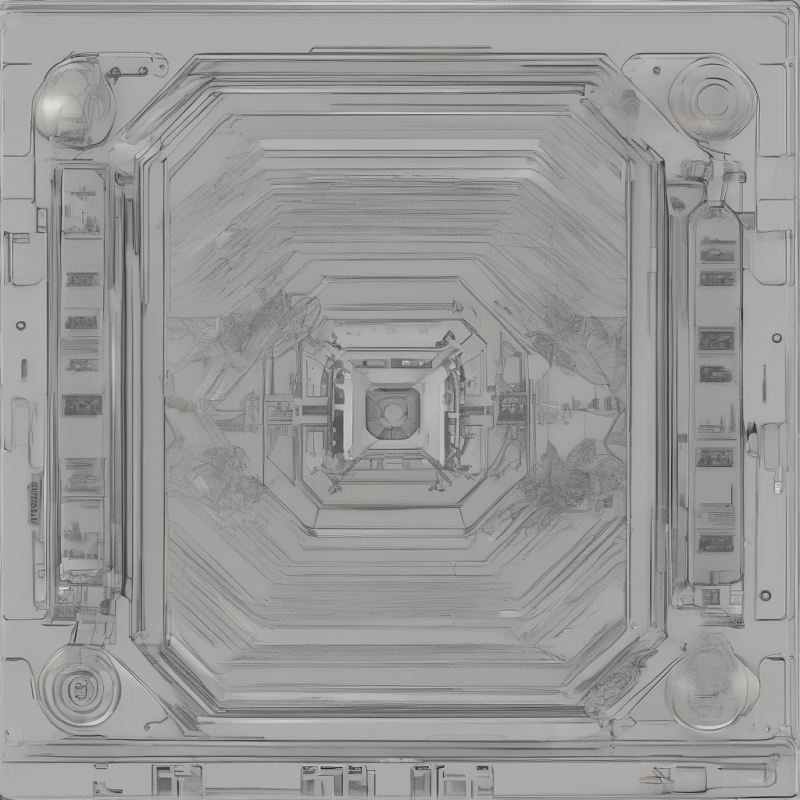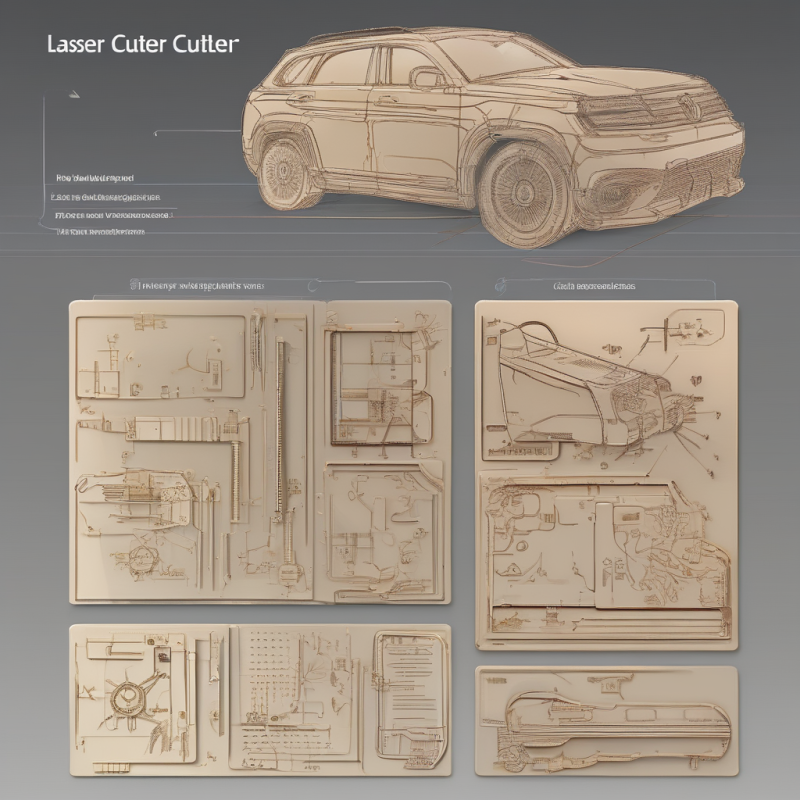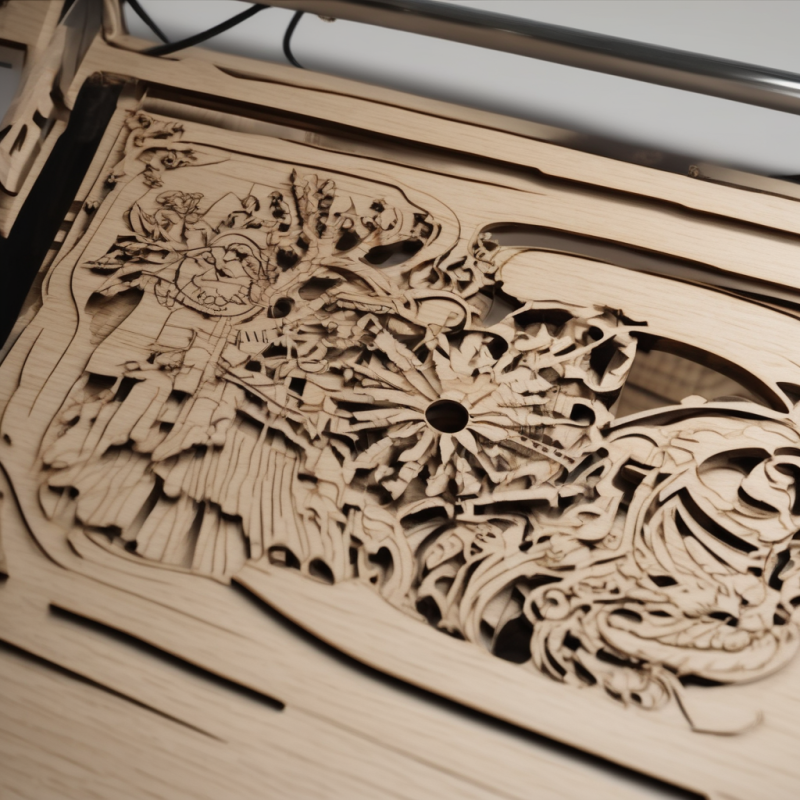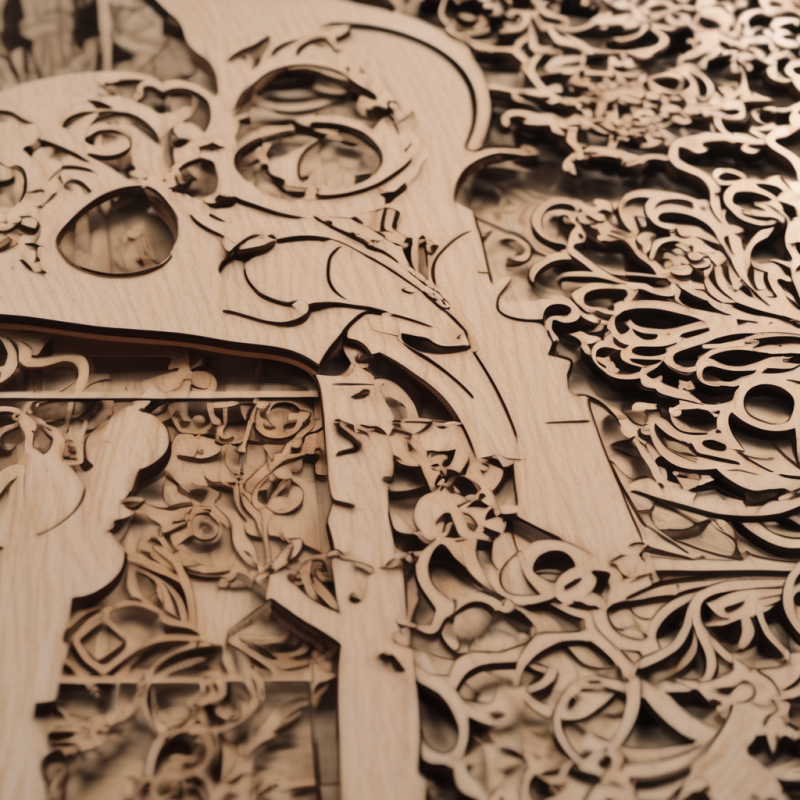The Ultimate Guide to Laser Engraving Glock: Tips and Tricks for Perfect Results
Laser engraving has become a popular method for customizing firearms, especially the iconic Glock series. Whether you want to add a personal touch, enhance the aesthetic appeal, or even improve grip control, laser engraving offers a precise and durable solution. In this article, we’ll explore everything you need to know about laser engrave glock, including the tools required, design considerations, and techniques for achieving professional results. Let’s dive in!
Why Choose Laser Engraving for Your Glock?
Laser engraving is a versatile and efficient method for customizing your firearm. Unlike traditional methods like acid etching or mechanical engraving, laser engraving offers several advantages:
- Precision: Lasers can create intricate details with extreme accuracy, ensuring your design is crisp and clean.
- Durability: Laser engravings are resistant to wear and tear, making them ideal for firearms that see regular use.
- Versatility: You can engrave a wide range of materials, including metal, wood, and even synthetic grips.
- Simplicity: With the right tools, laser engraving is accessible to both beginners and experienced enthusiasts.
If you’re considering customizing your Glock, the can help you achieve stunning results without the need for professional equipment.
Tools You’ll Need for Laser Engraving Your Glock
To get started with laser engrave glock, you’ll need the right tools. Here’s what you should have on hand:
- A Quality Laser Engraver: Look for a device that’s designed for home use and capable of handling metal surfaces. The are compact, powerful, and user-friendly.
- Laser Engraving Software: Choose software that allows you to design and preview your engravings with ease. Many engravers come with compatible software packages.
- Safety Gear: Always wear safety goggles when working with lasers, as even low-power beams can cause eye damage.
- Cleaning Supplies: After engraving, you’ll need abrasive pads or polishing cloths to clean and buff the engraved area for a polished finish.
Before you start, make sure your laser engraver is set up correctly and familiarize yourself with its settings. This will help you achieve consistent results and avoid mistakes during the engraving process.
Design Considerations for Laser Engraving Your Glock
The design of your engraving plays a crucial role in the final outcome. Here are some tips to keep in mind:
- Simplicity is Key: Complex designs may not translate well on a small firearm surface. Stick to simple patterns, text, or logos for the best results.
- Choose the Right Location: Select an area of your Glock that won’t interfere with functionality, such as the grip or trigger guard. Avoid areas prone to wear and tear, like the barrel or magazine well.
- Test Your Design: Use a test piece of metal or scrap material to practice your design before engraving it on your firearm.
When designing your engraving, consider the purpose. For example, if you’re engraving for grip control, opt for textures or patterns that enhance traction without obstructing functionality.
Laser Engraving Techniques for Your Glock
Mastering the right techniques will help you achieve professional-quality engravings on your Glock:
- Adjusting Power and Speed: Start with lower power settings to avoid damaging the surface. Gradually increase the power until you achieve the desired depth. Similarly, adjust the engraving speed to ensure smooth lines and even texture.
- Layering for Depth: For deeper engravings, layer your passes. Begin with a light pass to create an outline, then build up the design with subsequent layers.
- Cooling Down: After engraving, use compressed air or a cooling tool to prevent warping and ensure the engraving sets properly.
Experiment with different techniques to find what works best for your specific needs. Remember, practice makes perfect!
Tips for Cleaning and Maintaining Your Engraved Glock
After completing your laser engrave glock, it’s important to clean and maintain the area properly:
- Clean the Surface: Use a soft cloth or abrasive pad to remove any residue from the engraving process. Avoid harsh chemicals that could damage the metal finish.
- Buff for Shine: Apply a polishing compound with a microfiber cloth to restore the shine and protect the engraved area.
- Regular Maintenance: Periodically clean and inspect your engraved Glock to ensure it remains in optimal condition.
A well-maintained engraving will last for years, adding both functionality and aesthetic value to your firearm.
Frequently Asked Questions About Laser Engraving Your Glock
Can I laser engrave the barrel of my Glock?
While it’s technically possible, we recommend avoiding the barrel to prevent affecting the firearm’s performance. Stick to non-critical areas like the grip or slide.
Will laser engraving void my warranty?
This depends on your manufacturer and local laws. Some manufacturers may void warranties if modifications are made, so consult your user manual before proceeding.
Can I remove a laser engraving if I change my mind?
Laser engravings are permanent, but you can sandblast or polish the area to minimize their visibility. However, this may affect the overall finish of your firearm.
Conclusion
Laser engraving your Glock is a rewarding way to personalize your firearm while enhancing its functionality and appearance. With the right tools, techniques, and care, you can achieve professional-quality results that will last for years. If you’re looking for the best equipment to get started, check out the . Happy engraving!


